
By the end of 1919, it was clear to almost everyone that the Bolsheviks had won the Civil War. The White armies were defeated on all fronts: Siberia, the Russian North, and Petrograd (as St Petersburg was then called). In the fall, at Moscow, the so-called Armed Forces of South Russia (AFSR) missed the last chance to nip Soviet power in the bud, and hastily retreated to the Black Sea coast.
In the years that Russia was torn apart by internecine conflict, the level of cruelty and violence on both sides reached unprecedented heights. Both the Reds and the Whites engaged in mass terror, shootings and hangings. “...The hour has come when we must destroy the bourgeoisie if we do not want the bourgeoisie to destroy us,” wrote the newspaper Pravda on Aug. 31, 1918: “Our cities must be mercilessly cleansed of the bourgeois rot. All these gentlemen will be put on file, and those who pose a danger to the revolutionary class will be destroyed ... Henceforth, the hymn of the working class will be a song of hatred and revenge! ” In the circumstances, the vanquished could either surrender to the merciless victors, or flee.
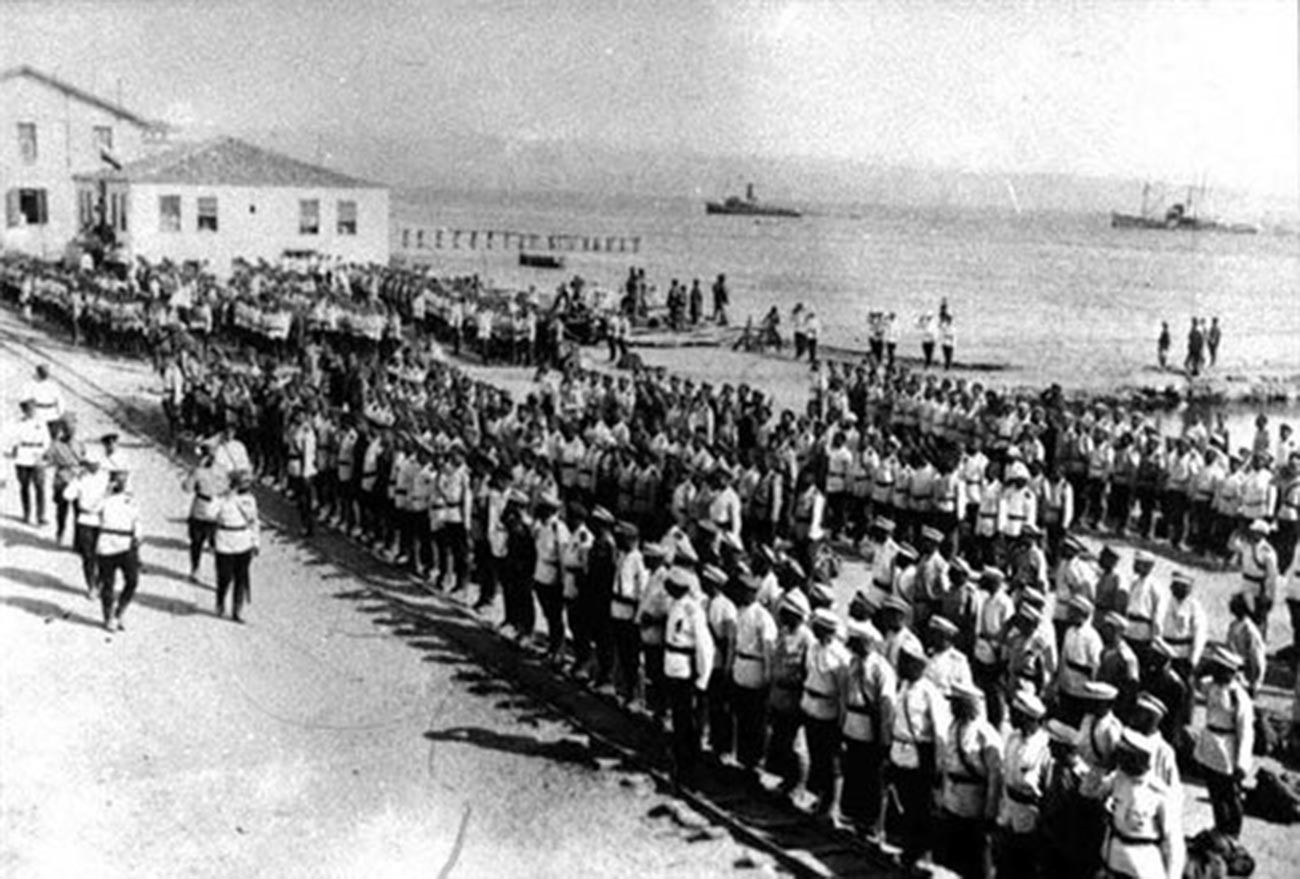
Emigration from Russia began after the collapse of the autocracy and the imperial system in March 1917. The richest citizens left for the capitals of Western Europe, where they could maintain a comfortable existence. Following the Bolshevik coup and the start of the Civil War, the outflow rose dramatically. And when it finally became clear that the White movement was doomed, it turned into an exodus.
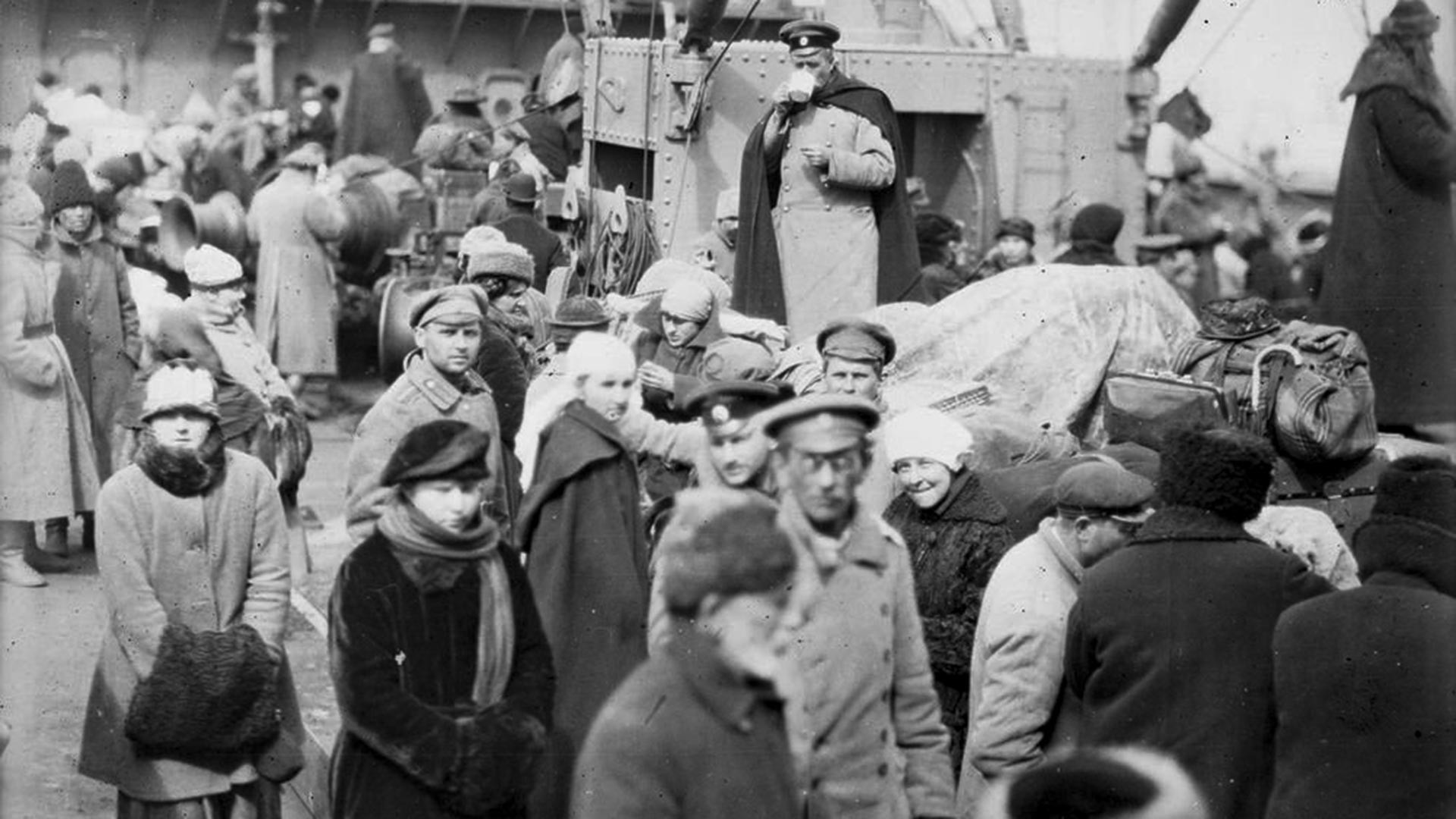
In February-March 1920, the defeated and demoralized units of the AFSR were evacuated from the Black Sea ports. With the Red Army snapping at their heels, White émigrés scrambled aboard the ships in Novorossiysk in an atmosphere of utter chaos and panic. “People fought for a place on the steamers, it was a struggle for salvation... Countless human dramas were played out during those terrible days. So much bestial feeling poured out in the face of imminent danger, and naked passions drowned out all conscience as man became man’s worst enemy,” recalled General Anton Denikin, commander of the White forces.
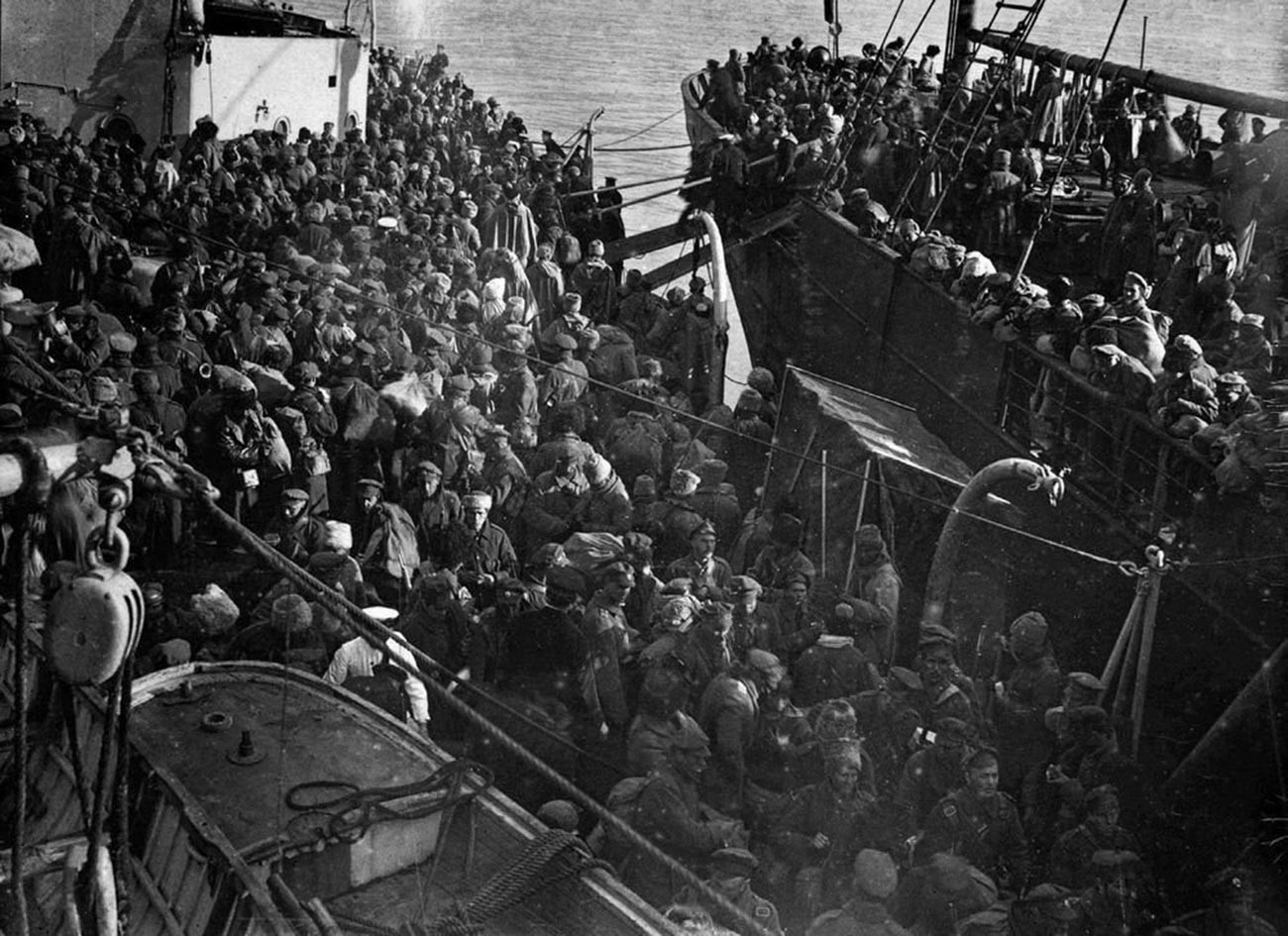
Ships belonging to the White squadrons, along with Italian, British and French vessels, carried more than 30,000 soldiers and civilian refugees to Crimea, Turkey, Greece and Egypt. Several tens of thousands more were left stranded. When the Bolsheviks occupied the city, many of the White Cossacks who had remained behind were mobilized (both voluntarily and forcibly) into the Red Army, and sent to the Polish front. Much sadder was the fate of the officers. Some were shot, some committed suicide. “Etched in my mind is the image of a captain from the Drozdovsky Regiment, who was standing not far from me with his wife and two children of three and five years old,” recalled an eyewitness of the debacle at Novorossiysk: “Having kissed and made the sign of the cross over them, he shot each of them in the ear, then he made the sign of the cross over his wife and said a tearful farewell. Shot, she fell. The last bullet was for himself...”
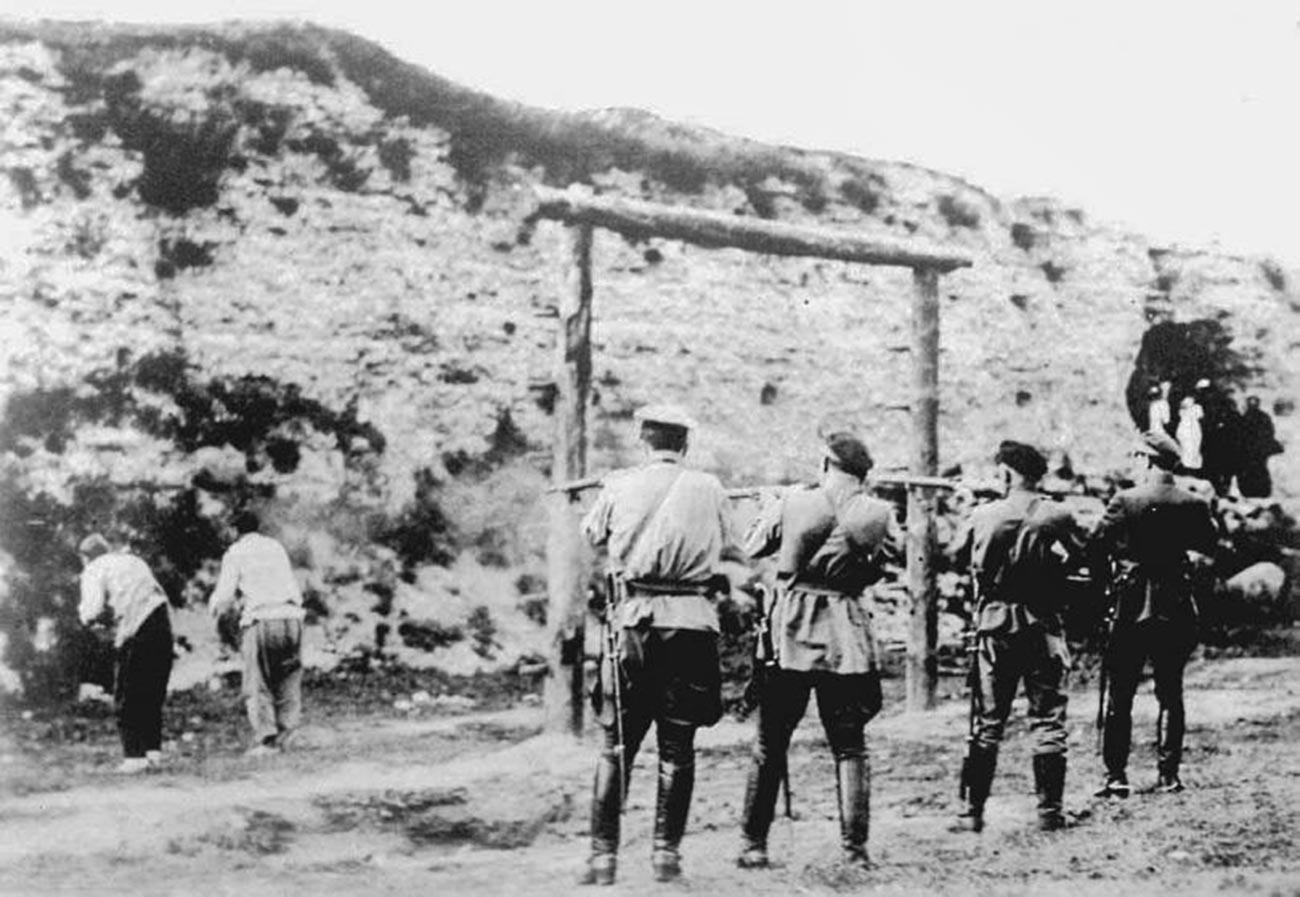
Crimea became the last stronghold of the AFSR, now renamed the Russian Army. Forty thousand White Guards faced the Southern Front army group of Red Army Commander Mikhail Frunze, which numbered four times as many soldiers. Pyotr Wrangel, who had replaced Denikin as commander of the Whites, realized that he could not hold the peninsula. Long before the general offensive of the Reds on the Isthmus of Perekop in early November 1920, he gave the order to prepare a large-scale evacuation.

In contrast to Novorossiysk, the evacuation from Yalta, Feodosia, Sevastopol, Yevpatoria and Kerch was more or less orderly. “The first thing of note was the absence of panic,” Pyotr Bobrovsky, a member of the peninsula’s White government, wrote in his diary, published under the title Crimean Evacuation: “There was a lot of confusion, the iron hand of the authorities was not felt. But still, albeit irregularly and tardily, orders were issued and generally followed, and the evacuation proceeded in due course.” By the time the Red Army broke through the isthmus fortifications and reached the Crimean ports, the evacuation was complete.
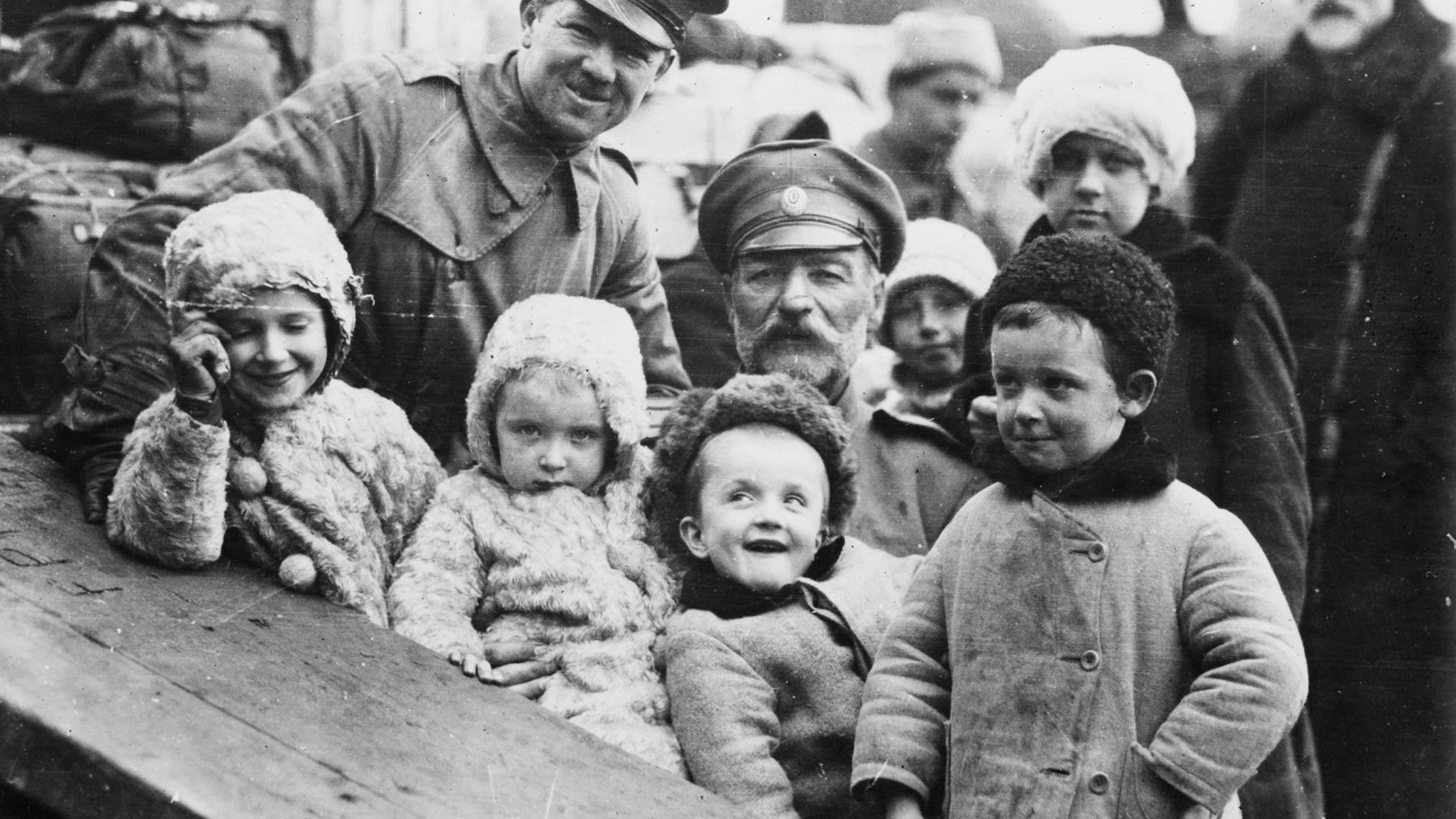
More than 130,000 soldiers and civilians were taken from the peninsula aboard 136 ships of the White Navy and the Entente powers. The first port of call was Istanbul, from where they soon scattered around the world. “Name a job and I did it: laundryman, clown, photo retoucher, toymaker, washer-up, donut and newspaper seller, palmist, port loader,” Private Georgy Fedorov recalled his life in the then capital of Turkey: “I grasped anything I could just to not die of hunger in this vast, alien city.”
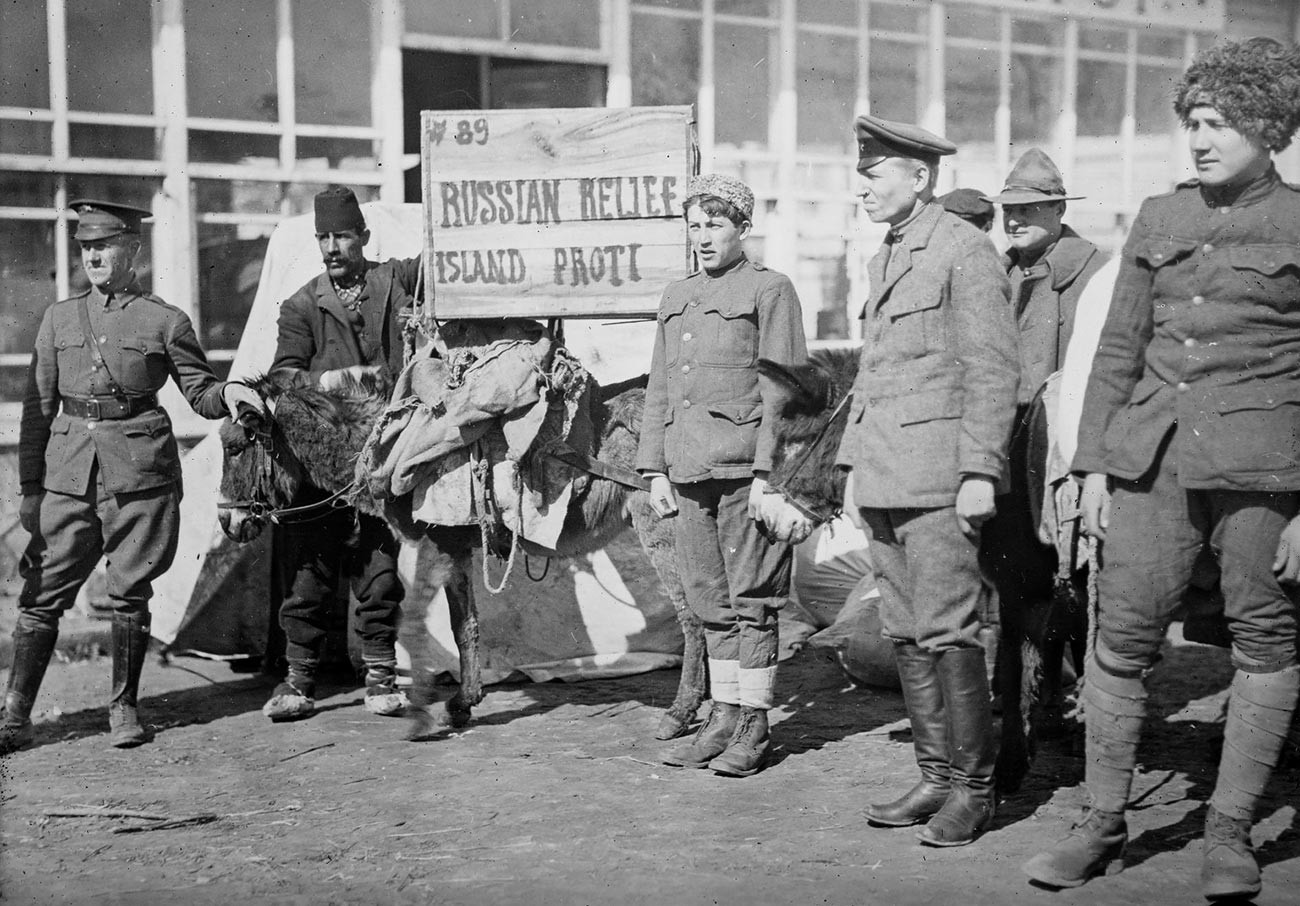
The last major pocket of resistance against Soviet power, due to its remoteness from Moscow and Petrograd, was the Russian Far East, which came under Soviet rule only in late 1922. The majority of the tens of thousands of refugees from this region settled in neighboring China, which at that time was living through the so-called Warlord Era (1916–28). The country was divided into military-political cliques, all at each other's throats and keen to recruit professional White officers with valuable combat experience. When the Japanese captured Manchuria in 1931, many of the Whites entered the service of the Land of the Rising Sun.
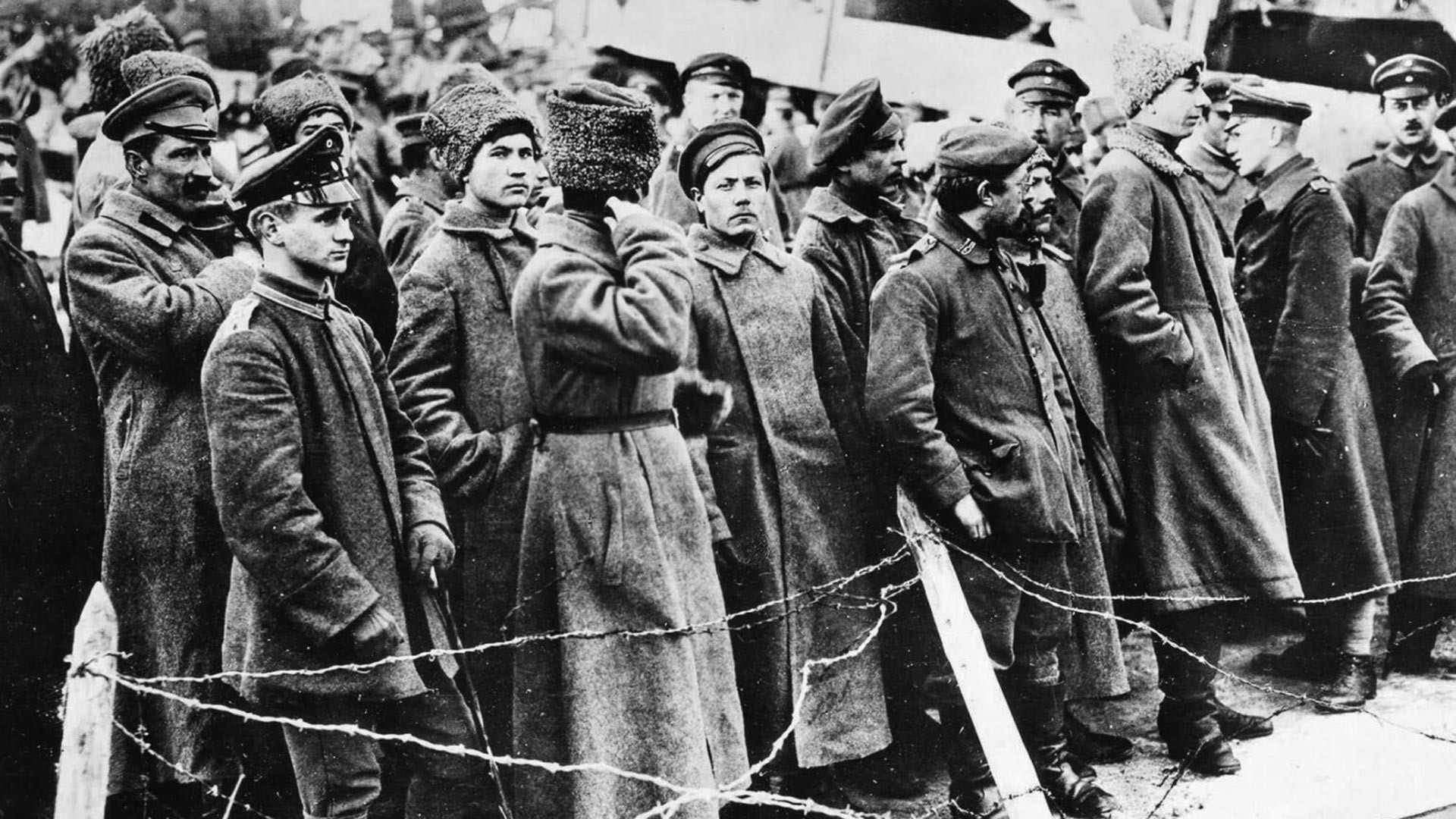
During the entire period of the Russian Civil War, roughly 1.3–2 million people left the country. Some émigrés soon returned to their homeland, having resigned themselves to the new government. Others hoped that the Bolsheviks would be gone before the decade was out, allowing them to come home to build a new Russia. This dream was never realized.
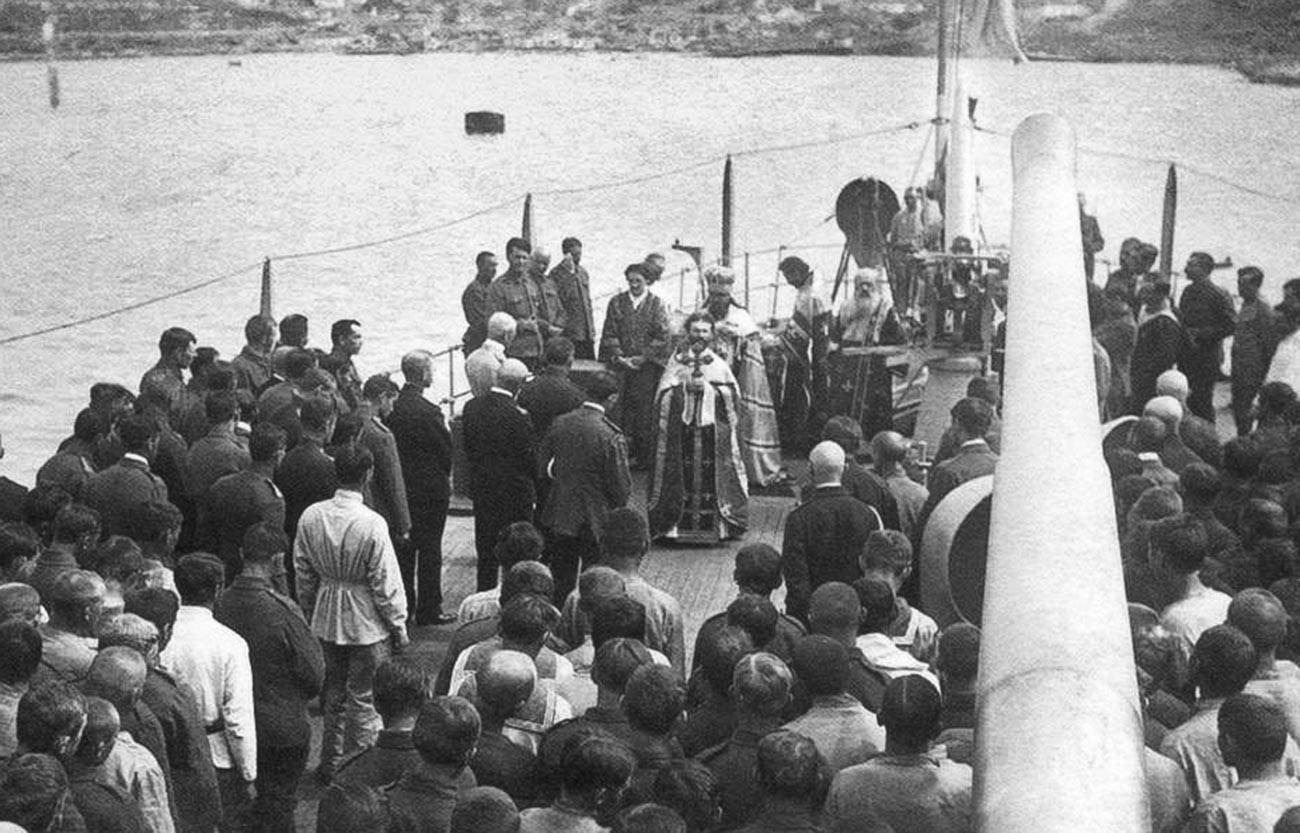
If using any of Russia Beyond's content, partly or in full, always provide an active hyperlink to the original material.
Subscribe
to our newsletter!
Get the week's best stories straight to your inbox